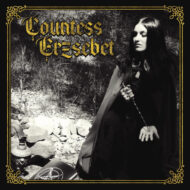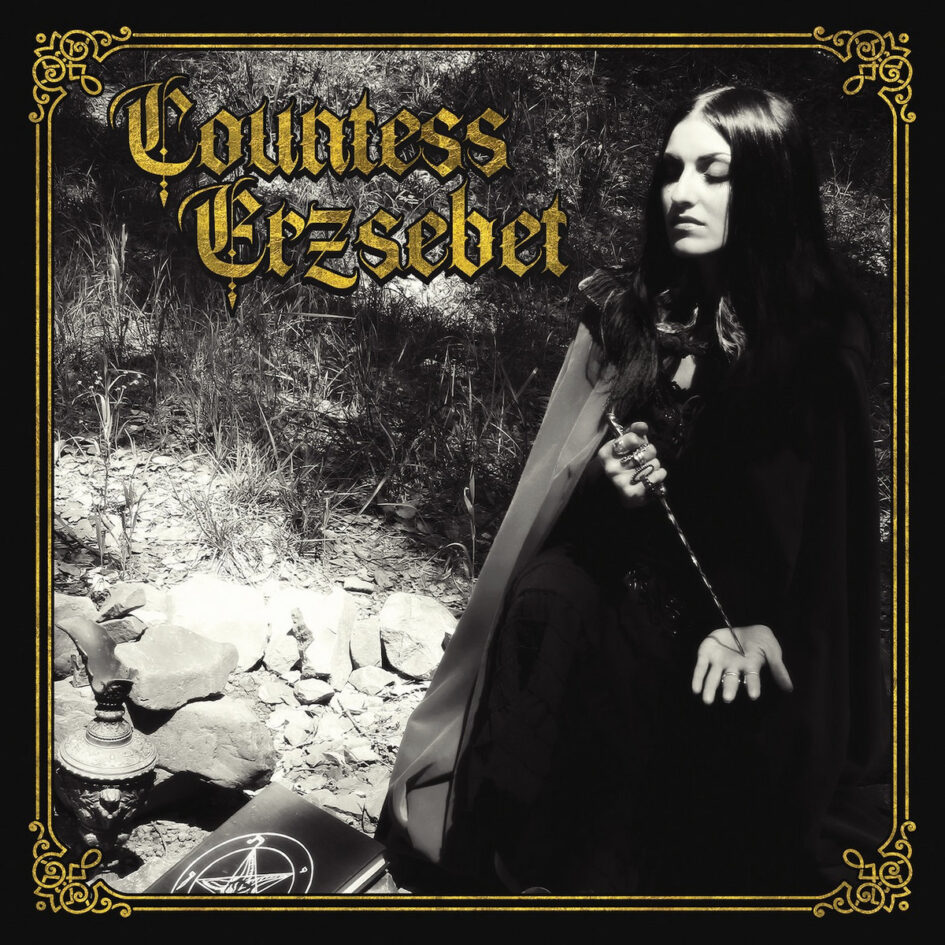 For decades, the Guinness World Records have listed countess Erzsebet Bathory, a Hungarian noblewoman who lived in the sixteenth century, as the world’s most prolific female murderer, attributing the death of more than 600 young women to her, despite the fact that the evidence for that claim has always been pretty shady. As of very recently, after being called out by major historians, the organization has changed their presentation and is now mentioning on their website that valid proof for that claim does not exist.
For decades, the Guinness World Records have listed countess Erzsebet Bathory, a Hungarian noblewoman who lived in the sixteenth century, as the world’s most prolific female murderer, attributing the death of more than 600 young women to her, despite the fact that the evidence for that claim has always been pretty shady. As of very recently, after being called out by major historians, the organization has changed their presentation and is now mentioning on their website that valid proof for that claim does not exist.
When you examine the historical evidence according to today’s standards, it seems vastly exaggerated that Erzsebet Bathory killed hundreds of young women. That she drank or bathed in their blood is almost certainly fiction, a story element that arose alongside the emergence of gothic literature. What we do know is that some dead bodies were found, that Erzsebet ran something like a boarding school for young women, and that she was a major creditor of the Hungarian king Mathias II who, by having her convicted, relieved himself of the obligation of having to repay her humiliating amounts of money.
The real story of Erzsebet Bathory is complicated and obscure and contains a lot of interesting and confusing details, of a political, bureaucratic, sociological and a misogynist kind, and lots and lots of things that we don’t know. Yet, the popular picture of blood-thirsty Erzsebet is still the best known one and fascinates various kinds of audiences, feminists among them. Why would the latter be drawn to Erzsebet? Well, the portrait of a murderous, blood-thirsty, sadistic woman is as far removed as possible from the caring and docile feminine ideal that much of the world still upholds and therefore worth examining.
This diametrically different side of the feminine ideal, a frightening, aggressive, possibly evil woman, is exactly what female artists in extreme music, from Diamanda Galas to Lingua Ignota, have been exploring. Rachel Bloodspell Moongoddess, a.k.a. Rachel Rotten, and her one-woman project Countess Erzsebet walk in the footsteps of and alongside these artists, while also following traditions of early black metal and doom.
Previously named Erzsebet and drawing inspiration from darkness, witchcraft and magick, the project had one digital release, Black Spell (2017), of mostly acoustic and instrumental music. The renaming of the project marks a rebirth of sorts and a transition into grimmer, ghastlier, more complex and at times experimental soundscapes. And Rachel, who has previously played bass in other bands, Xasthur among them, can claim the soundscapes of the release at hand even more as her own, because, as a guitar/bass-maker, for this recording she played an electric bass and a guitar she built herself. She also played organ, did the programming and sang, while the drumming on four of the release’s six tracks was done by Steve Peacock of Spirit Possession.
The compositions on Countess Erzsebet display individuality and character, sounding sometimes raw and uncooked, chaotic and experimental. Vocalizations evoke images of times gone by and faraway lands. On some tracks, a loud, dominant and bossy guitar calls the shots. Minimalist lyrics provide impulses and directions. The drumming, as well, changes from track to track, adding additional, differing story elements. Almost all tracks end in fade out, adding to the impression of unfinished business and the last word having not yet been said.
Via doom and black metal, Countess Erzsebet provides a journey to one of history’s bloody mysteries and takes a guess regarding motivation, giving the listener a glimpse into tumultuous events and scratching philosophical questions along the way. Your time well spent.
(7.5/10 Slavica)
https://www.facebook.com/CountessErzsebet666
https://countesserzsebet.bandcamp.com/album/the-countess-erzsebet

Leave a Reply